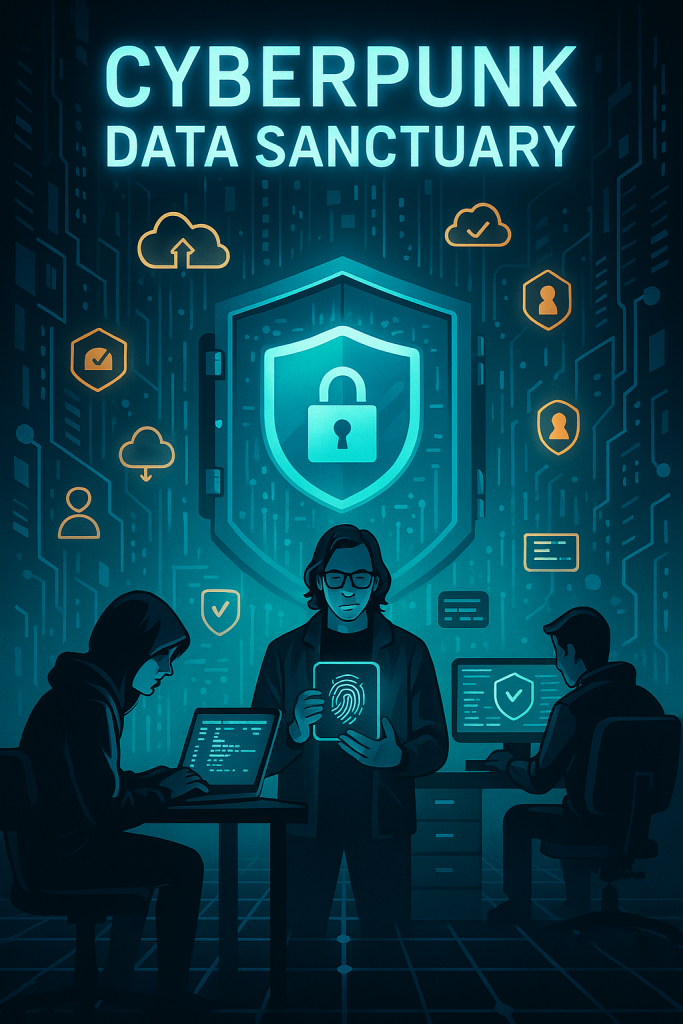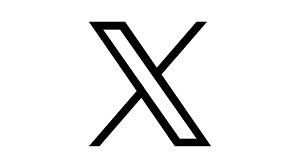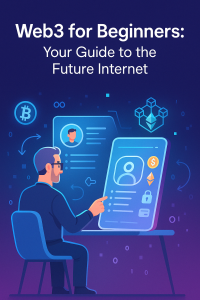
Decentralized Social Media in 2025: Empowering Digital Communities
Blockchain-powered social platforms is no longer a futuristic concept—it’s an emerging reality that is transforming the way people connect, communicate, and build digital communities. In contrast to traditional platforms dominated by Big Tech, decentralized social media in 2025 empowers users, protects privacy, and promotes transparency.
What Is Decentralized Social Media?
Decentralized social media platforms are built on blockchain or distributed ledger technologies. Instead of being owned and controlled by a single corporation, these platforms distribute power among users, who retain ownership of their data and content.
Key features of decentralized social media:
-
Censorship resistance – No central authority can arbitrarily remove posts.
-
Data ownership – Users control their profiles, connections, and media.
-
Token-based incentives – Users and creators are rewarded through NFTs or cryptocurrencies.
-
Interoperability – Your identity and content move with you across different apps and platforms.
This approach fundamentally shifts the power dynamics of social networking.
Why Decentralized Social Media Matters in 2025
In 2025, the public’s trust in centralized tech giants has reached an all-time low. Users are increasingly aware of issues like surveillance advertising, data breaches, shadow-banning, and opaque algorithms. Blockchain-powered social platforms addresses these concerns by offering:
-
Transparent moderation protocols
-
Control over personal data
-
Community-driven development
These platforms also align with the broader trend of digital sovereignty, where individuals regain ownership over their online identity and activities.
To learn more about how Web3 identity plays a role in this transition, read our article on Web3 Identity and Digital Sovereignty in 2025.
Examples of Decentralized Social Media Platforms
In 2025, several decentralized platforms are gaining momentum:
-
Lens Protocol – An open-source social graph that lets users own their content and social relationships.
-
Mastodon – A federated social network where independent servers form a collaborative ecosystem.
-
Farcaster – A protocol enabling composable social apps with portable on-chain identities.
-
Bluesky – A decentralized framework for building interoperable social apps.
These platforms are pioneering a new era of social interaction, one where users are the stakeholders.
Challenges Ahead
Despite progress, decentralized social media still faces adoption hurdles:
-
User onboarding – Blockchain wallets and cryptographic keys can be complex for newcomers.
-
Moderation models – Ensuring safety while preserving free speech is still evolving.
-
Scalability – Blockchains must improve speed and efficiency to support large networks.
However, innovation continues rapidly, and new tools are making it easier to onboard non-technical users every day.
The Future of Online Communities
As infrastructure matures, decentralized social media will become as seamless as today’s apps—but without the hidden costs of surveillance or platform lock-in.
Whether you’re a creator, activist, developer, or casual user, Web3 offers more freedom and resilience. Communities will be shaped not by algorithms, but by people.
Blockchain-powered social platforms is not just a technological upgrade—it’s a philosophical return to the values the internet was founded on: openness, transparency, and shared ownership.
📣 Find more insights & connect with us:
📬 Don’t miss a beat in Web3: Get our latest news, insights, and DAO updates — straight to your inbox.
 Follow us on X (Twitter) for Web3 updates & trends
Follow us on X (Twitter) for Web3 updates & trends  Join us on LinkedIn for expert insights and discussions
Join us on LinkedIn for expert insights and discussions 
